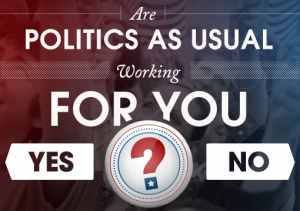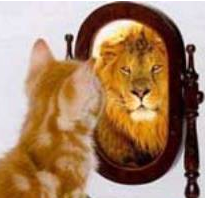Using Metaphors to Achieve Cognitive Impact
Thursday, September 29th, 2011 Designing a good metaphor can speed and deepen learning, decision-making and even stimulate creative breakthroughs. They are a staple of cognitive design. In my cognitive design course at Northwestern we sometimes devote an entire module to metaphor engineering. They are really useful in managing organizational change efforts but tend to be ignored. Same for education.
Designing a good metaphor can speed and deepen learning, decision-making and even stimulate creative breakthroughs. They are a staple of cognitive design. In my cognitive design course at Northwestern we sometimes devote an entire module to metaphor engineering. They are really useful in managing organizational change efforts but tend to be ignored. Same for education.
I am always on the lookout for good examples of the cognitive power of metaphors, especially in domains outside of marketing and science where we have plenty of examples. Recently came across a program (and book) for improving emotional self-regulation in young students and children that uses the metaphor of an engine. The Alert Program, asks How Does Your Engine Run? using the metaphor to help children understand and convey their inner mental state:
“The Alert Program uses an engine analogy because many children can relate and learn quickly about self-regulation when talking about their “engine” going into high, low, or just right gears. “
Other metaphors are made to animals or characters such as those in the Winnie the Pooh story. The program appears well researched and evidence based. It provides a good example of how to use metaphors to support behavior control and emotional self regulation.










